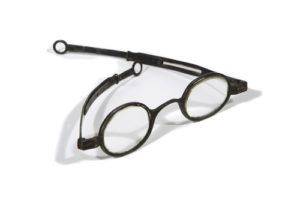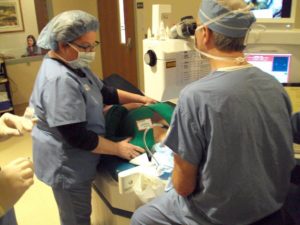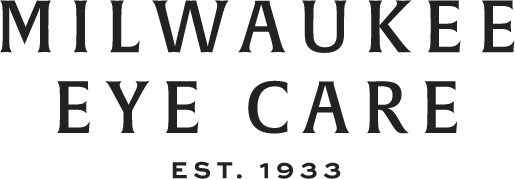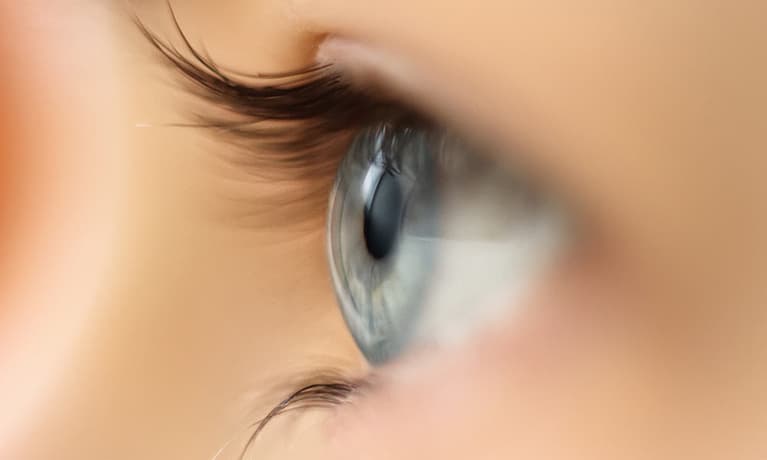I was watching a special on the History Channel recently that briefly touched on very first types of eyeglasses. The time and place of their invention is debatable, but 13th century Europe is the consensus. Marco Polo also reportedly encountered eyeglasses while traveling in China as early as 1275. A whopping 500 years later, Benjamin Franklin invented bifocal eyeglass. He did so by taking a concave lens (to correct his nearightedness) and combined it with a convex lens (to allow him to read).
This got me thinking about how far have we come with technology in eye care. It took 500 years to go from single vision lenses to bifocals. How long did the development of laser vision correction take, from the first idea to its practical use?
 Back in 1896, an ophthalmologist in the Netherlands wrote a theoretical paper on the correction of astigmatism by way of making some incisions on the cornea. In the 1930s, A Japanese ophthalmologist experimented with a similar technique after learning that a young man who had glass shatter in his face, essentially cutting his cornea, was able to see better after his injury. Unfortunately, his attempts to recreate this outcome failed and he was ignored by his colleagues.
Back in 1896, an ophthalmologist in the Netherlands wrote a theoretical paper on the correction of astigmatism by way of making some incisions on the cornea. In the 1930s, A Japanese ophthalmologist experimented with a similar technique after learning that a young man who had glass shatter in his face, essentially cutting his cornea, was able to see better after his injury. Unfortunately, his attempts to recreate this outcome failed and he was ignored by his colleagues.
In the 1960s, the technique of surgical keratomileusis (corneal reshaping) was developed by Dr. Jose Barraquer, but this procedure like others before had its flaws. In the 1970s, a scientist working with a new type of laser (the Excimer Laser) to cut circuit boards for IBM recognized the potential for reshaping biological tissue such as the cornea. Researchers began to explore the possibilities.
By the 1980’s, there had been enough experimentation with incisional corneal surgery that the idea had become more mainstream. We know this procedure as RK (Radial Keratotomy). RK quickly became a popular choice for correcting myopia, and a new era of modern cosmetic eye surgery began.
By the mid-1990s, the use of the Excimer laser was approved by the FDA and PRK (PhotoRefractive Keratectomy) quickly replaced RK as the surgery of choice. Soon after, LASIK (Laser Assisted In-Situ Keratomileusis) was approved, making recovery from laser surgery quicker and easier. Today, both of these procedures are used for the correction of myopia, hyperopia & astigmatism and have been proven to be safe and reliable for many people.

**pictured above is Dr. Peter S. Foote with his faithful assistant Cheryl beginning a Lasik Procedure**
These wonderful innovations can significantly lessen dependence upon glasses or contact lenses. As we continue to advance scientifically, who knows what great innovations there will be in 10, 20 or 30 years?
Do you think you might be a candidate for a procedure such as PRK or LASIK? If you would like to find out, the doctors here at Milwaukee Eye Care would be happy to discuss this with you. Call us to schedule a consultation to discuss your potential candidacy. For anyone who isn’t a candidate for refractive surgery, glasses or contact lenses are great, time-tested ways to correct your vision. Trust me, the frame styles are much improved since the days of Benjamin Franklin!
Written by Bart W., Technician with Milwaukee Eye Care










